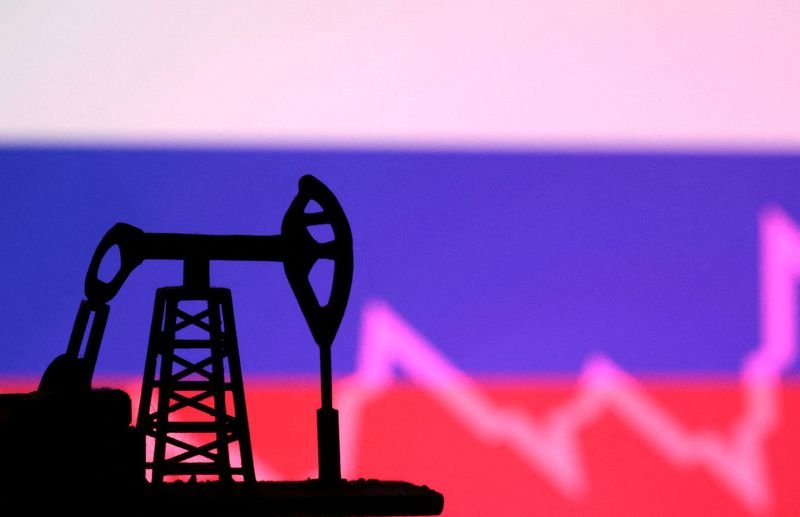Canada Joins Allies in Imposing Price Cap on Russian Oil
Introduction to the Price Cap Initiative
In a collective effort to decrease Russia’s revenue from oil exports, Canada has aligned with its global allies to implement a price cap on Russian oil. This move comes amid ongoing geopolitical tensions and aims to mitigate the financial resources available to Russia in light of its actions in Ukraine.
Understanding the Price Cap Mechanism
The price cap mechanism is designed to restrict the maximum price at which Russian oil can be sold internationally. By setting a limit, the coalition of countries aims to reduce the revenues that Russia earns from its oil exports while ensuring that global oil supplies remain stable. This strategy is thought to help both the global economy and the European markets, particularly as many nations rely heavily on oil imports.
Global Collaboration on Energy Policies
Canada’s participation in this initiative highlights the collaborative global approach to addressing energy security and economic stability. The collective action includes several key nations that are significantly affected by fluctuating oil prices. Working together, these countries seek to establish a cooperative framework that balances economic needs while exerting pressure on Russia to alter its actions on the international stage.
Impact on Global Oil Markets
Implementing a price cap on Russian oil is expected to have considerable effects on global oil markets. By limiting how much Russia can charge for its oil, this strategy could help to stabilize volatile prices that have been affected by the ongoing conflict. Many analysts believe that by capping prices, countries can maintain a steady supply of oil without unduly enriching Russia.
Russia’s Response to Price Cap Measures
In response to the imposition of this price cap, Russia has vowed to continue exporting oil while looking for alternative markets. The country has partially shifted its focus to non-Western nations, such as China and India, to maintain its revenue streams. Russia’s strategy includes offering discounts to entice buyers from nations willing to overlook the price cap.
Key Allies in This Initiative
Canada’s commitment to this price cap aligns its policies with those of other nations, notably the United States and members of the European Union. Countries like Australia and Japan have also endorsed this strategy. The unity among these nations reflects a strategic alignment in foreign policy aimed at countering malign influences and promoting international norms.
Challenges to Enforcing the Price Cap
Although the price cap is an ambitious initiative, enforcing it presents challenges. There are concerns about compliance from third-party nations and the potential for evasion through under-the-table deals. Countries participating in this effort must remain vigilant to ensure accountability, utilizing various monitoring tools and cooperation strategies to track oil flows and pricing.
Economic Implications for Canada
Canada’s involvement in this price cap initiative could have several economic implications. As a nation known for its significant oil production, Canada aims to balance its own economic interests with international commitments. By supporting these measures, Canada demonstrates its leadership role in global energy security while also ensuring that its own oil market remains competitive.
The Future of Global Energy Policy
The ongoing conflict in Ukraine and its fallout will likely shape future global energy policies. As concerns over energy dependence grow, countries might increasingly look to adopt similar measures to safeguard their economic stability. The collaboration seen in this price cap initiative could set a precedent for coordinated strategies that address geopolitical crises and their impact on the global oil market.
Conclusion
Through this unified action, Canada and its allies are taking a firm stance in the face of international tensions while aiming to stabilize the energy market. The price cap on Russian oil serves as a significant development in the ongoing effort to navigate the complexities of global energy dynamics in a rapidly changing geopolitical landscape.
